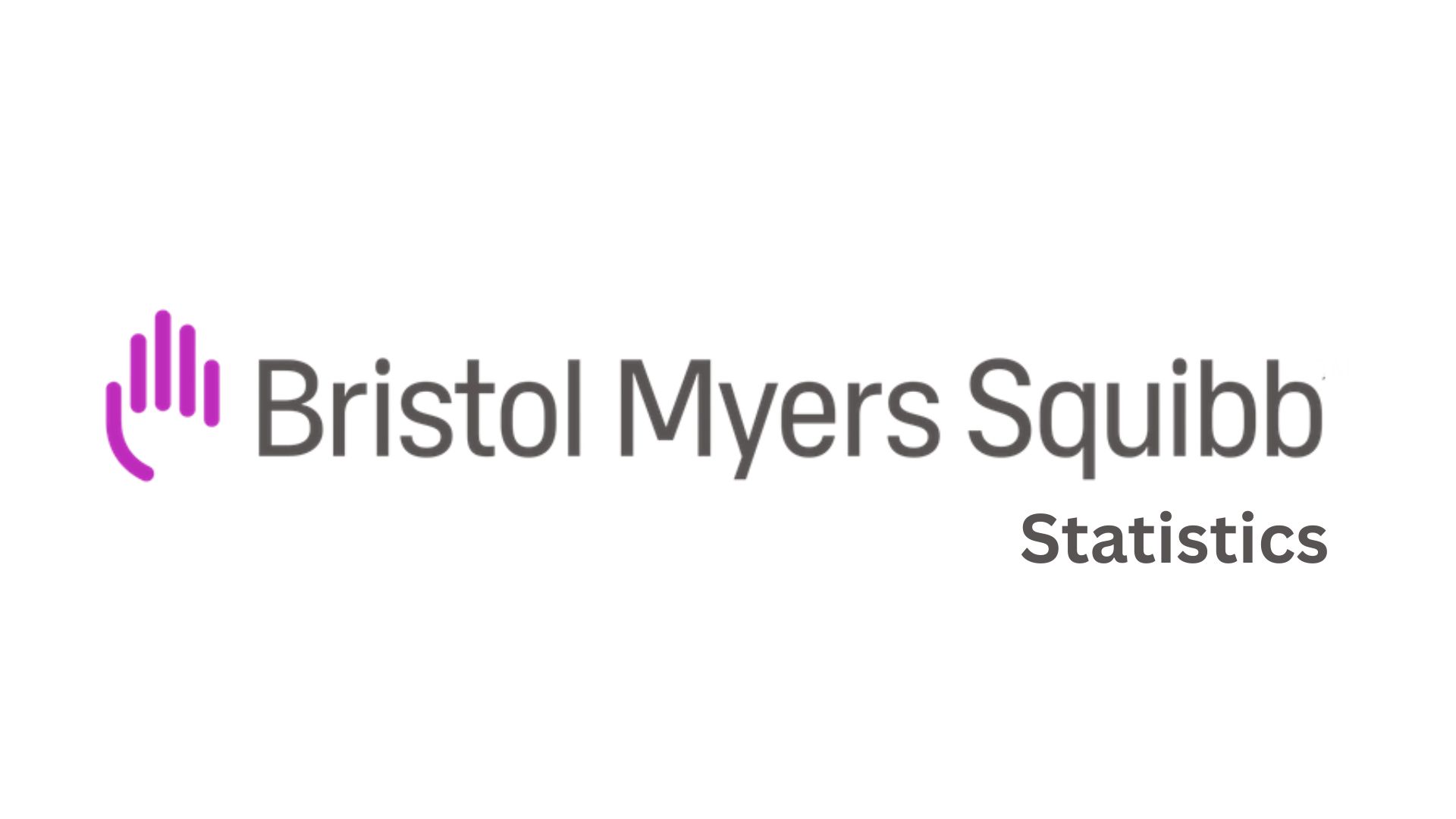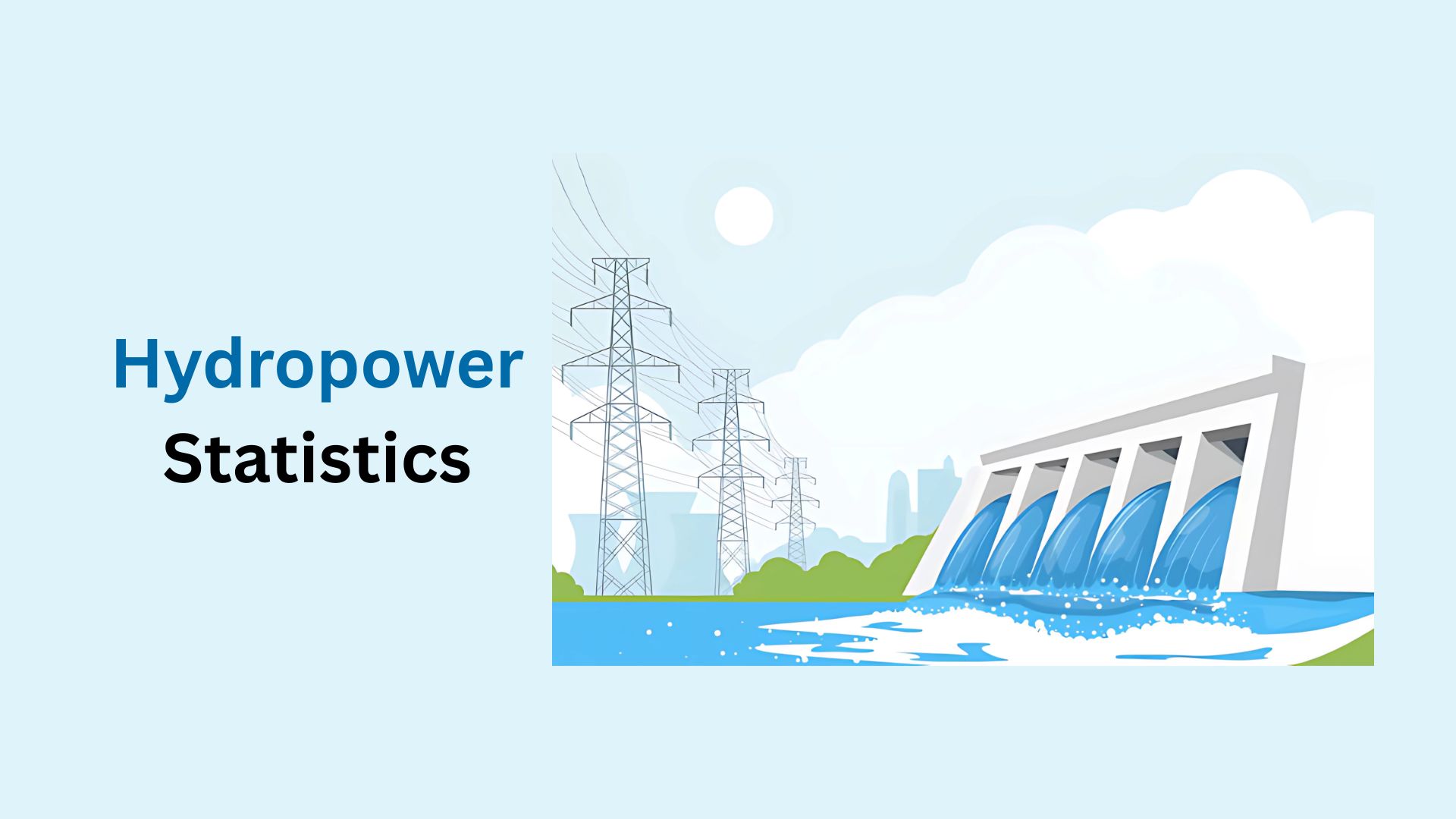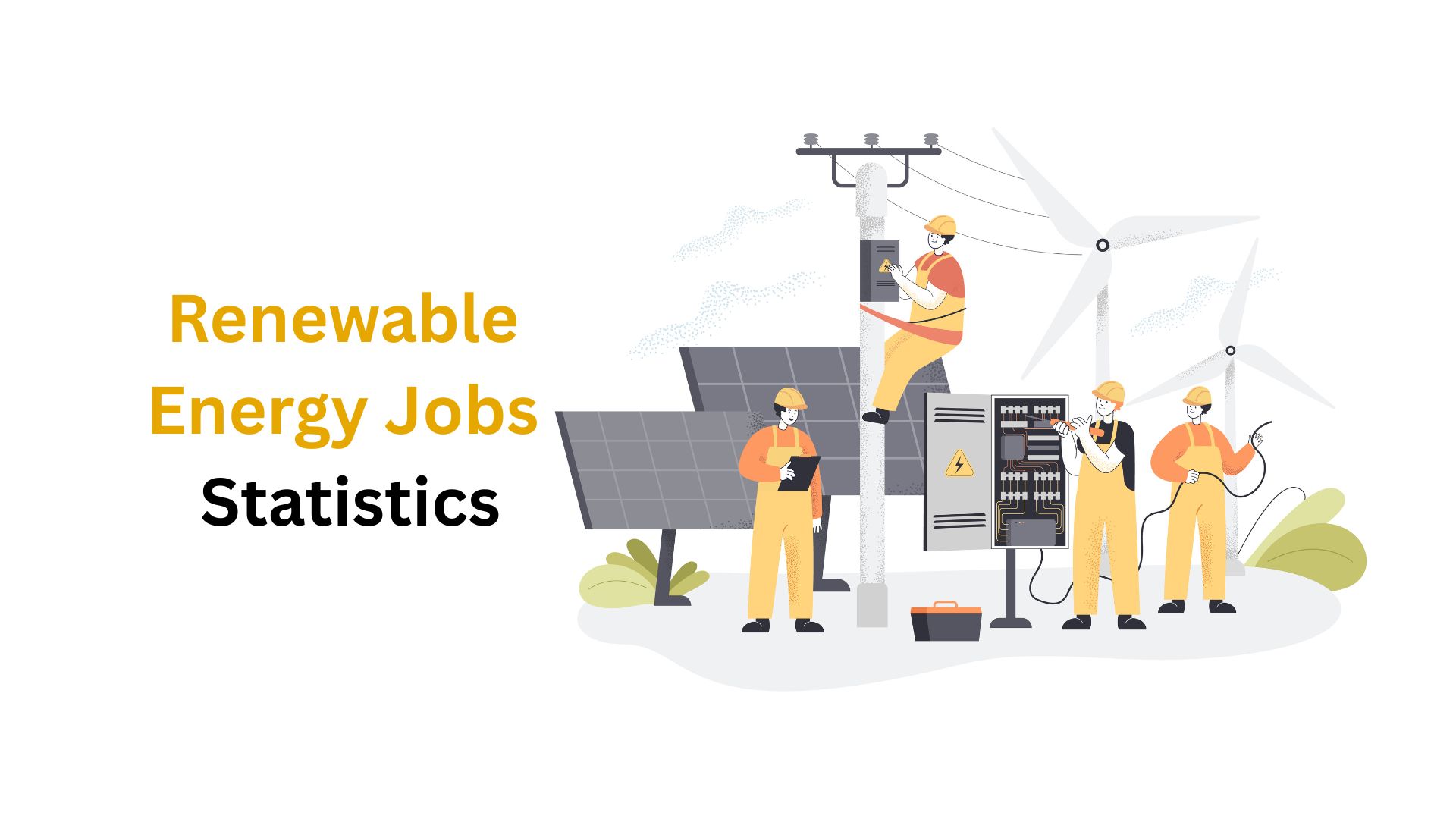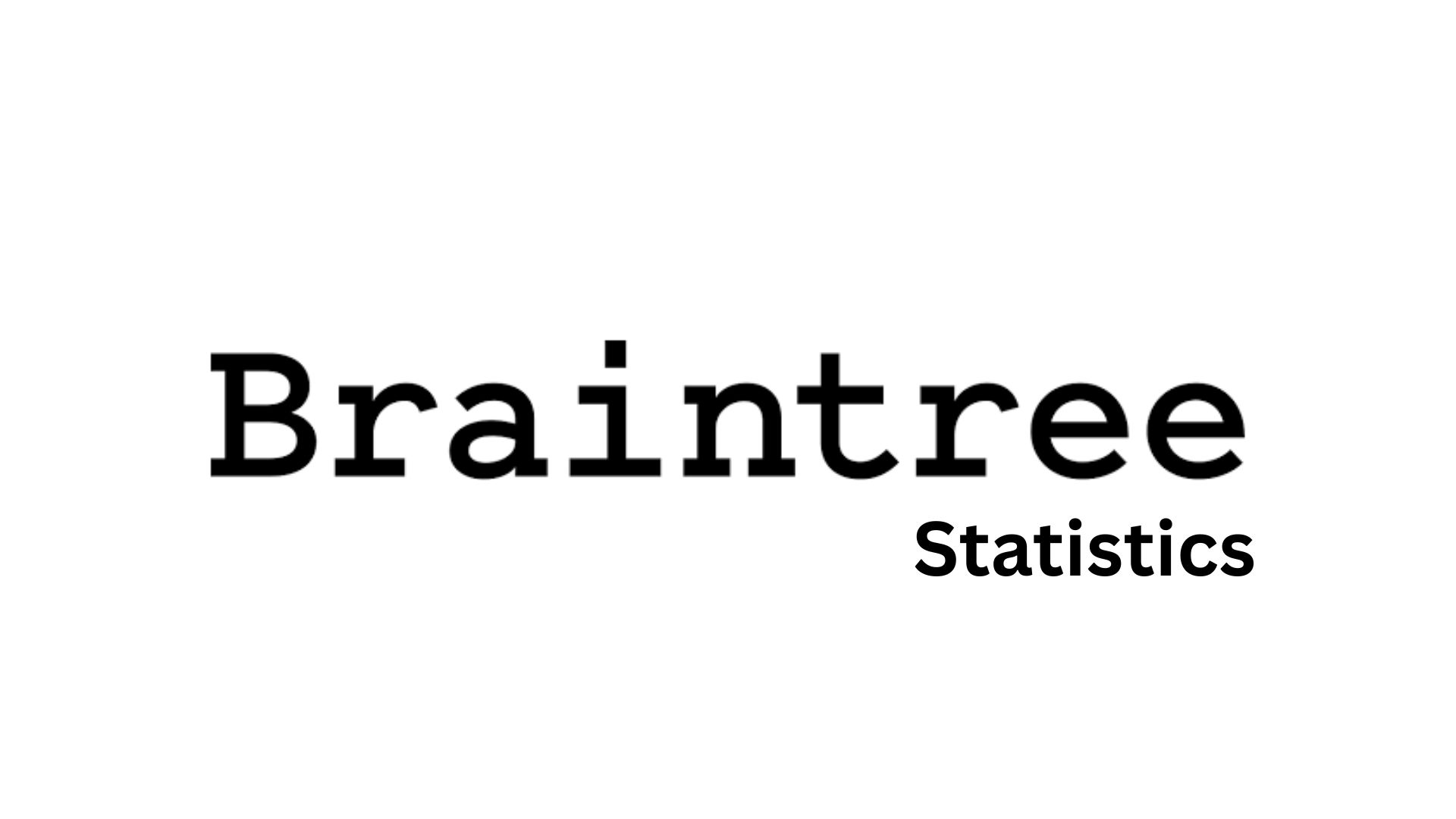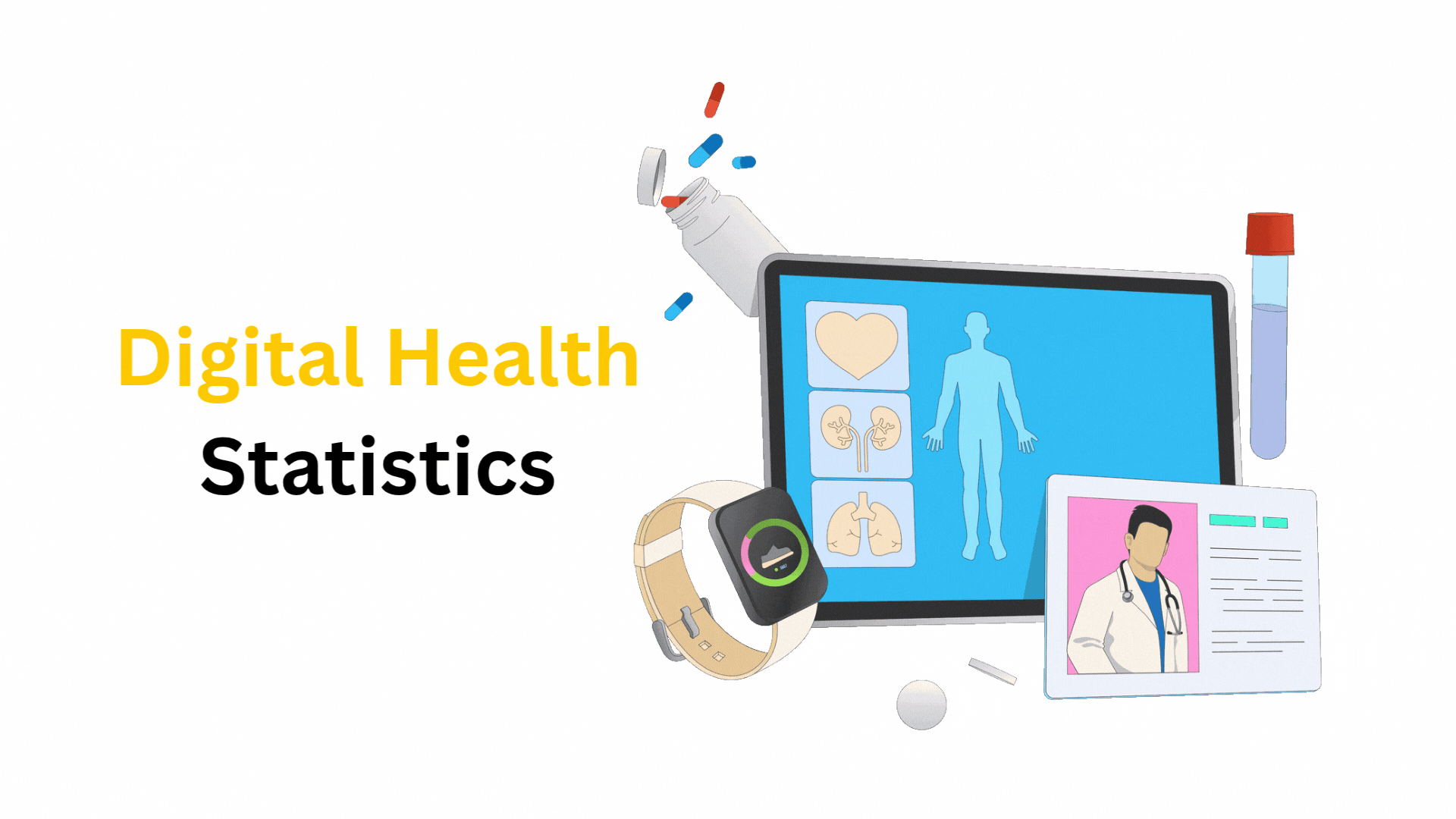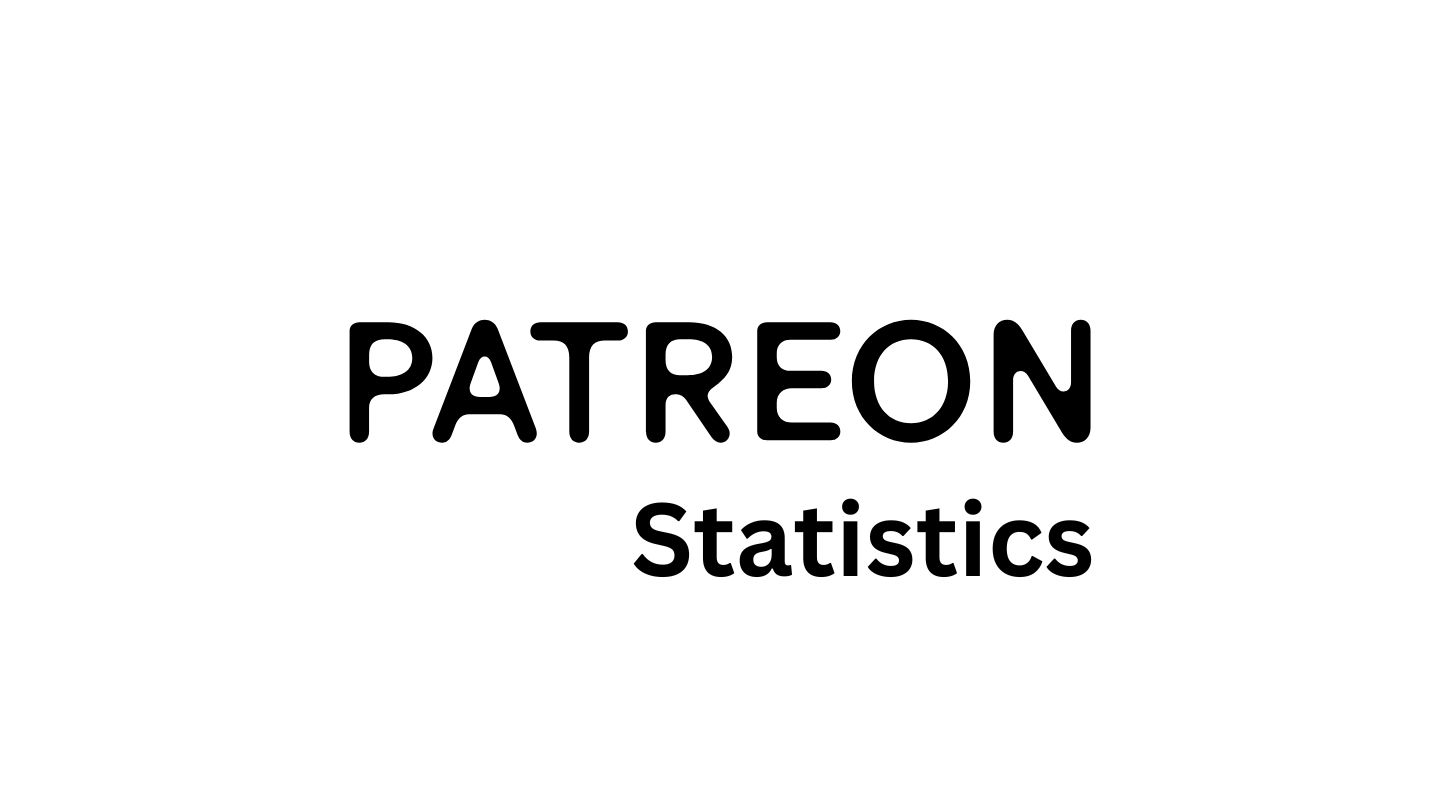Prove Results, Not Presence: Redefining Remote Performance With Real Visibility & Accountability

Updated · Oct 29, 2025

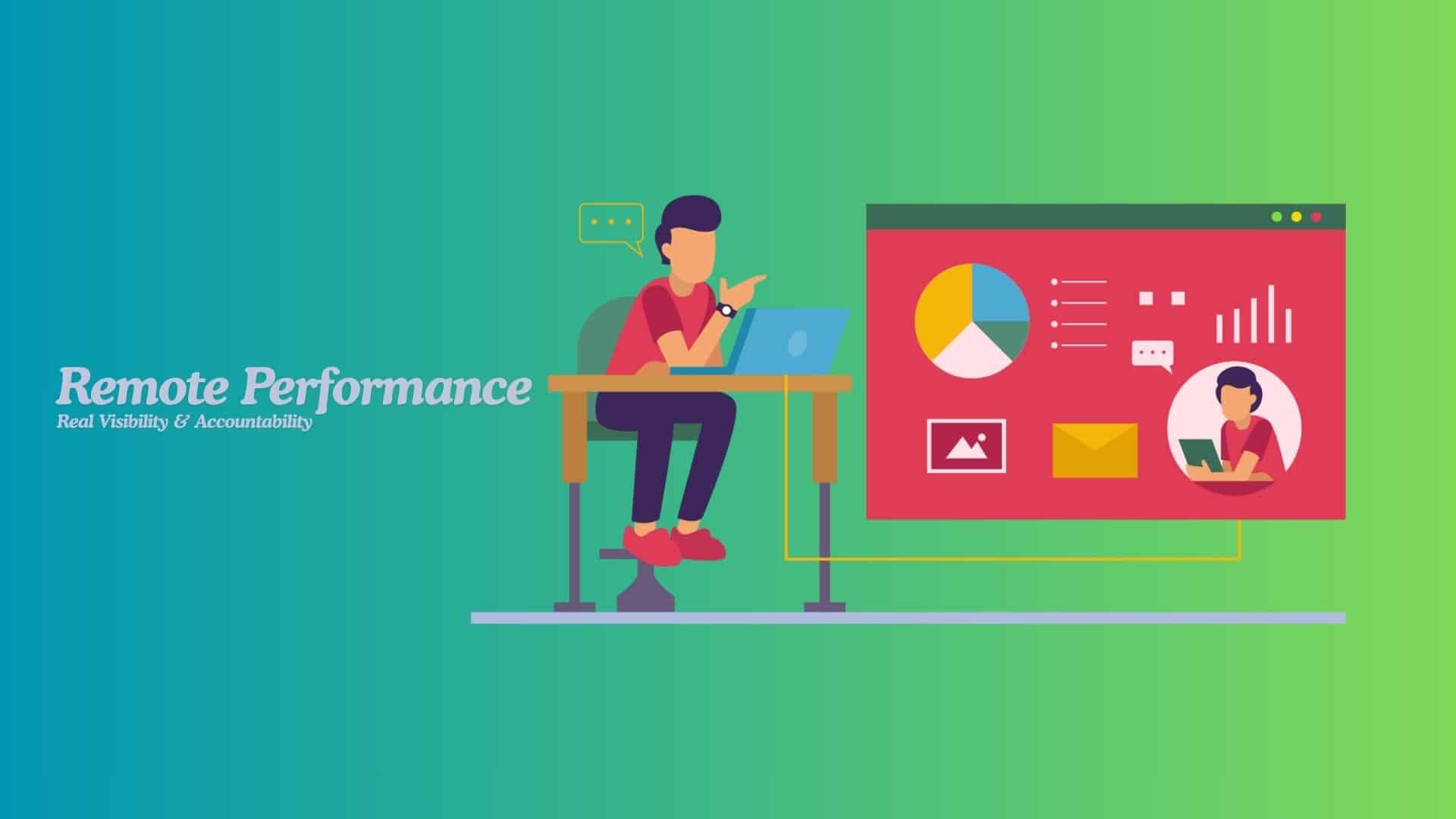
Screens glow and chats never stop, giving the impression that everything’s moving fast. Yet results tell a different story. Work keeps happening, but outcomes drift further each week. The problem isn’t effort, it’s visibility. When activity is what’s most visible, people start performing for the screen instead of for the goal.
This article helps you shift focus from activity to impact, giving you a way to prove results with clarity and confidence. Software for employee monitoring provides the visibility to validate performance through outcomes, not assumptions.
When Presence Replaces Proof
When remote and hybrid teammates can’t see results, they start focusing on what’s easiest to see. Real work takes a back seat while everyone tries to look busy.
Here’s how that plays out day to day:
- Presence Over Proof: Team members stay online longer just to appear busy, equating activity with performance.
- Invisible Wins: Strong contributors working asynchronously see their efforts disappear without acknowledgment.
- Subjective Feedback Loops: Without facts, feedback turns into guessing, and no one knows how to get better.
- Performative Productivity: Work turns into a stage act with packed calendars, constant status lights, and little real movement where it counts.
How to Bring Remote Work Back to Real Results
The goal isn’t to track harder. It’s to prove smarter. By linking what you see to what actually gets done, proof stops feeling like pressure and starts driving real progress.
Here’s how to turn remote visibility into proof of real results:
1. Replace Time Spent with Impact Made
Shift from measuring hours to measuring outcomes. Instead of asking who worked the longest, focus on what actually moved the work forward. Look for finished projects, solved problems, and real results delivered. This reframes productivity around meaningful progress, not endurance.
When remote and hybrid teams equate hours with value, focus fractures. Teammates stay logged in late to appear active, while real output suffers. Defining work through results restores fairness and eliminates performative activity.
End each week with a quick check on what actually moved forward, not how long it took. Keep it simple and share it with everyone so progress becomes the measure of real work.
How can employee monitoring software help track real impact?
Employee monitoring software shows which tasks drive measurable outcomes instead of just consuming time. Hours spent on admin work might add little value, while a few focused design sessions move the project forward. That could lead you to cut the busywork and give more time to real work.
2. Turn Visibility into a Shared Lens
Make visibility two-sided. Give everyone access to the same productivity data and insights so performance becomes collaborative instead of top-down. Transparency builds ownership when everyone sees their own patterns.
Private dashboards breed anxiety and disconnect. When data only flows one way, it feels like surveillance. Shared visibility creates trust and shifts the focus from control to improvement.
Open a central dashboard where everyone can see performance metrics relevant to their work. Use those insights to start team conversations about patterns and blockers. Visibility becomes a shared accountability system, not a management tool.
How can tools for monitoring employees promote mutual visibility?
Tools for monitoring employees create a shared view where you and your team see the same data in real time. A teammate could notice their focus time dropping midweek, which might lead them to adjust meeting schedules before productivity suffers.
3. Reward Efficiency, Not Endurance
Recognize and reward efficient work that delivers strong results in a sustainable way, rather than celebrating overextension. Efficiency signals clarity, skill, and focus, not exhaustion.
If recognition only goes to those who are always online, you encourage burnout and shallow effort. Rewarding efficiency realigns values toward smarter work, reducing noise while improving quality.
Highlight small process wins that save time or simplify workflows. Celebrate teammates who unblock others, remove redundant steps, or balance output and recovery. You’ll notice engagement rise when effort feels sustainable and valued.
How can an employee computer monitoring app highlight efficiency?
Employee computer monitoring app reveals how long comparable tasks take across your team. You might notice that someone completes a project quickly without extra hours, which could lead you to recognize and model their efficient approach for others.
4. Use Data to Coach, Not Catch
Approach performance data as guidance, not judgment. Patterns reveal where to support, not who to blame. Coaching from data strengthens skill, confidence, and trust. Companies with strong coaching cultures see a big difference. Their revenue is about 51% higher than that of those without one.
If data is used only reactively, remote and hybrid teammates go silent. When used proactively, it helps spot issues early, before they affect morale or output. That shift keeps data constructive and team-driven.
Focus feedback on recurring trends. If focus time drops midweek, explore why. Maybe meetings cluster too tightly, or tasks lack clarity. Tweak the environment, not the person. That’s how performance visibility turns into growth, not fear.
How can employee monitoring software support coaching?
Insightful’s employee monitoring software highlights shifts like decreased focus hours or increased context switching. A teammate’s deep work time might drop after new meetings are added, which could prompt you to adjust their schedule and bring focus back.
5. Prove Performance with Smart Tools
A monitoring tool doesn’t police work. It validates it. When everyone can see what progress looks like, performance becomes factual and fair.
Here is how it helps make performance clear and measurable:
- Outcome Dashboards: Track tangible progress and remove ambiguity around results.
- Workload Insights: Spot overload fast and spread work more evenly.
- Self-Insight Views: Give each person access to their own data for reflection and self-improvement.
- Trend Detection: Identify slow-building issues, like diminishing focus time, before they impact delivery.
Conclusion
When you shift from tracking activity to proving results, remote and hybrid work becomes clearer and more balanced. A monitoring tool makes that proof easy to see and act on. The outcome is a team that works with confidence, focus, and shared accountability.

Tajammul Pangarkar is the co-founder of a PR firm and the Chief Technology Officer at Prudour Research Firm. With a Bachelor of Engineering in Information Technology from Shivaji University, Tajammul brings over ten years of expertise in digital marketing to his roles. He excels at gathering and analyzing data, producing detailed statistics on various trending topics that help shape industry perspectives. Tajammul's deep-seated experience in mobile technology and industry research often shines through in his insightful analyses. He is keen on decoding tech trends, examining mobile applications, and enhancing general tech awareness. His writings frequently appear in numerous industry-specific magazines and forums, where he shares his knowledge and insights. When he's not immersed in technology, Tajammul enjoys playing table tennis. This hobby provides him with a refreshing break and allows him to engage in something he loves outside of his professional life. Whether he's analyzing data or serving a fast ball, Tajammul demonstrates dedication and passion in every endeavor.
